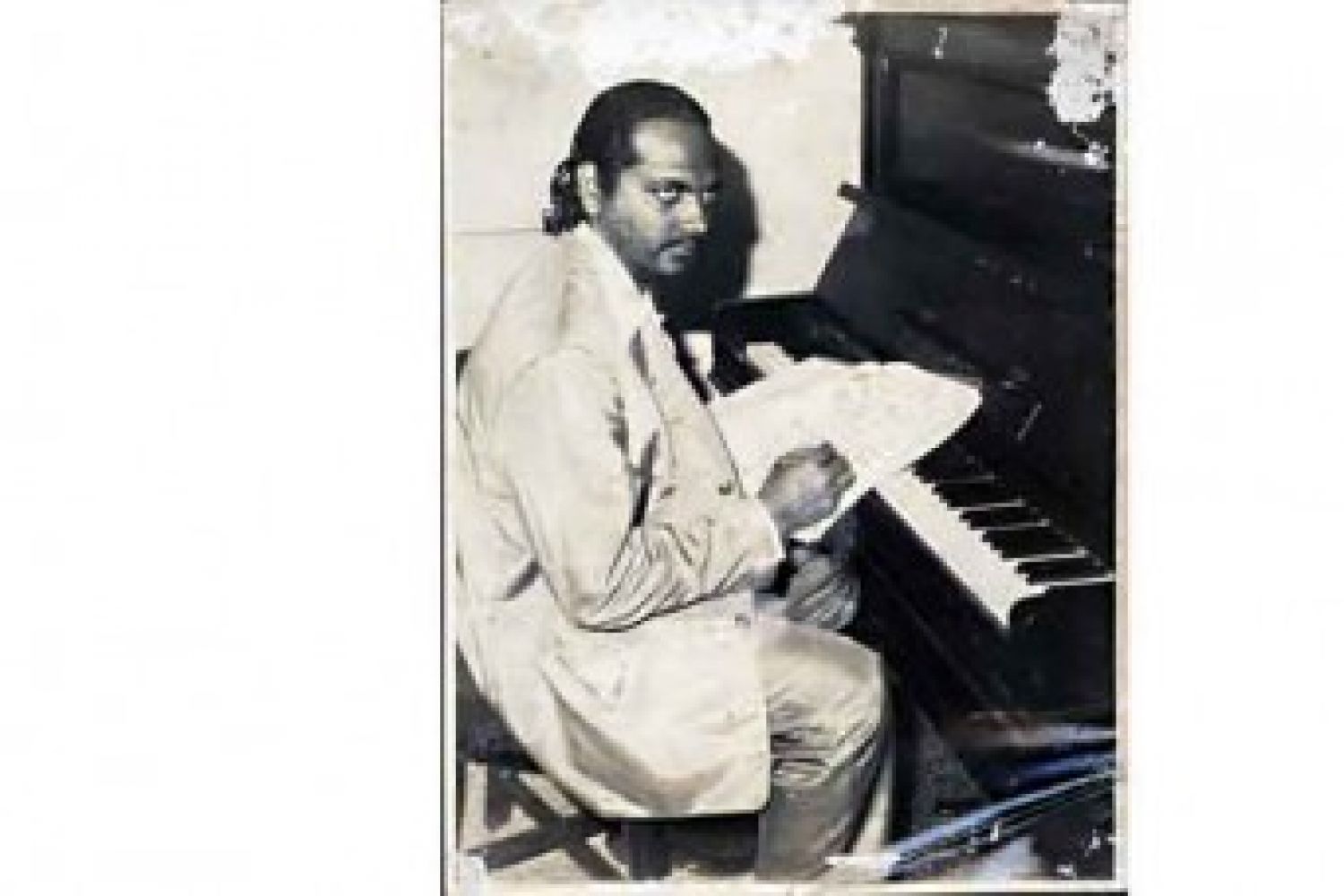
There are few artistic
achievements that independent India can be proud of. Perhaps the only one that
stands up to scrutiny is the Hindi Film Song in its most fertile period, that
is, from about 1935 to 1968 or say, ’70.
The melodies were
usually based on Hindustani ragas or folk songs from various regions of India.
The orchestration or the combination of instruments accompanying the singer was
an acquired characteristic. Those who followed the polyphonic orchestral
explorations of Ti





